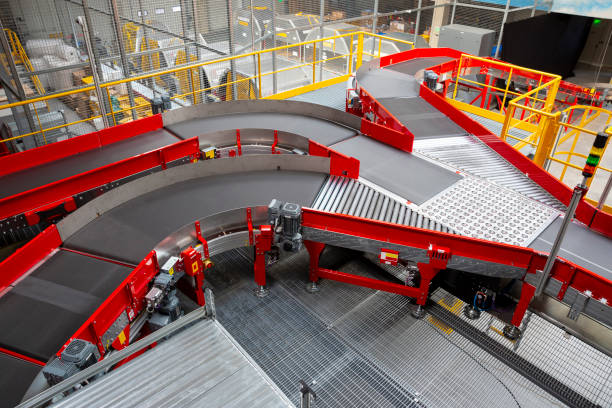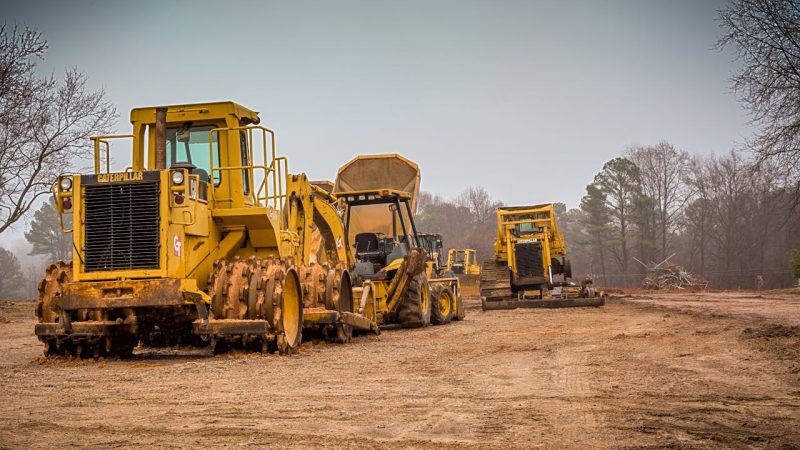5 Ways Conveyor Belt Problems Can Be Prevented and Solved

The conveyor belt is one of the most common tools in manufacturing – and also one of the most dangerous. Many people have dealt with accidents caused by malfunctioning belts and come across unique ways to avoid them.
Prevention is better than the cure
Choosing the most appropriate system and maintaining it correctly will go a long way to avoid the issues detailed below. Fluent conveyors offer a range of conveyor belts in differing configurations making it less likely that you will have to make do with a poorly designed solution.
Here are five ways that you can prevent or solve problems with your conveyor belt:
Gripping
Some companies use a gripping system to try to grab or stop their belts from spinning too fast or reversing before it comes into contact with the product on the other side. However, this system can cause issues with the belt’s tensioning, motor power, and maintenance. A better way to handle this type of issue is through a different type of gripping system or slowing the conveyor’s belt speed. This way, added gripping is not necessary.
Mistracking
The biggest problem with conveyor belts is that they don’t stay straight all the time. If a belt doesn’t stay straight, production will suffer greatly because products may jam when a belt is mistracking. Make sure that there is enough tension on the driveshaft and that your machine’s base is set on a level surface. However, if you notice an issue with the belt, try adjusting it manually before buying a new one.
Cleaning
To help avoid any issues with your system or even injuries caused by particles being thrown into the air, clean the conveyor belts often. By doing this regularly, small particles and dust can be kept away from other parts of the production line. The best way to clean your belt is by using brushes made of materials like nylon or steel, which won’t cause any damage to the belt.
Running speeds
If your conveyor belt runs too fast or too slow, it will cause problems for your equipment and will also make it difficult for you to control the product on the belt. To make sure that your belt runs at the right speed, start by following the manufacturer’s recommendations regarding its speed. If the belt runs too fast or too slow, you can adjust it manually by changing the drive shaft belt. This way, your conveyor belt will run more smoothly and efficiently.
Routing
If your conveyor belt is not straight or is not following a smooth path, this can cause issues with your production. If this is the source of your problems, you will want to make sure that the belt runs along a straight path. To do this, adjust the belt and make sure that it runs smoothly for your machinery. This is done by setting up the belt in different ways or using a specific kind of mechanism.
There are several ways to prevent or resolve issues with conveyor belts. If your belt is not straight, clean it and make sure that the tracking is set up properly. If it still does not run smoothly, you can make some adjustments manually. An issue with too much or too little tension on the driveshaft or movement of the base will also cause problems. Make sure that these aspects are set up correctly before running your system.





